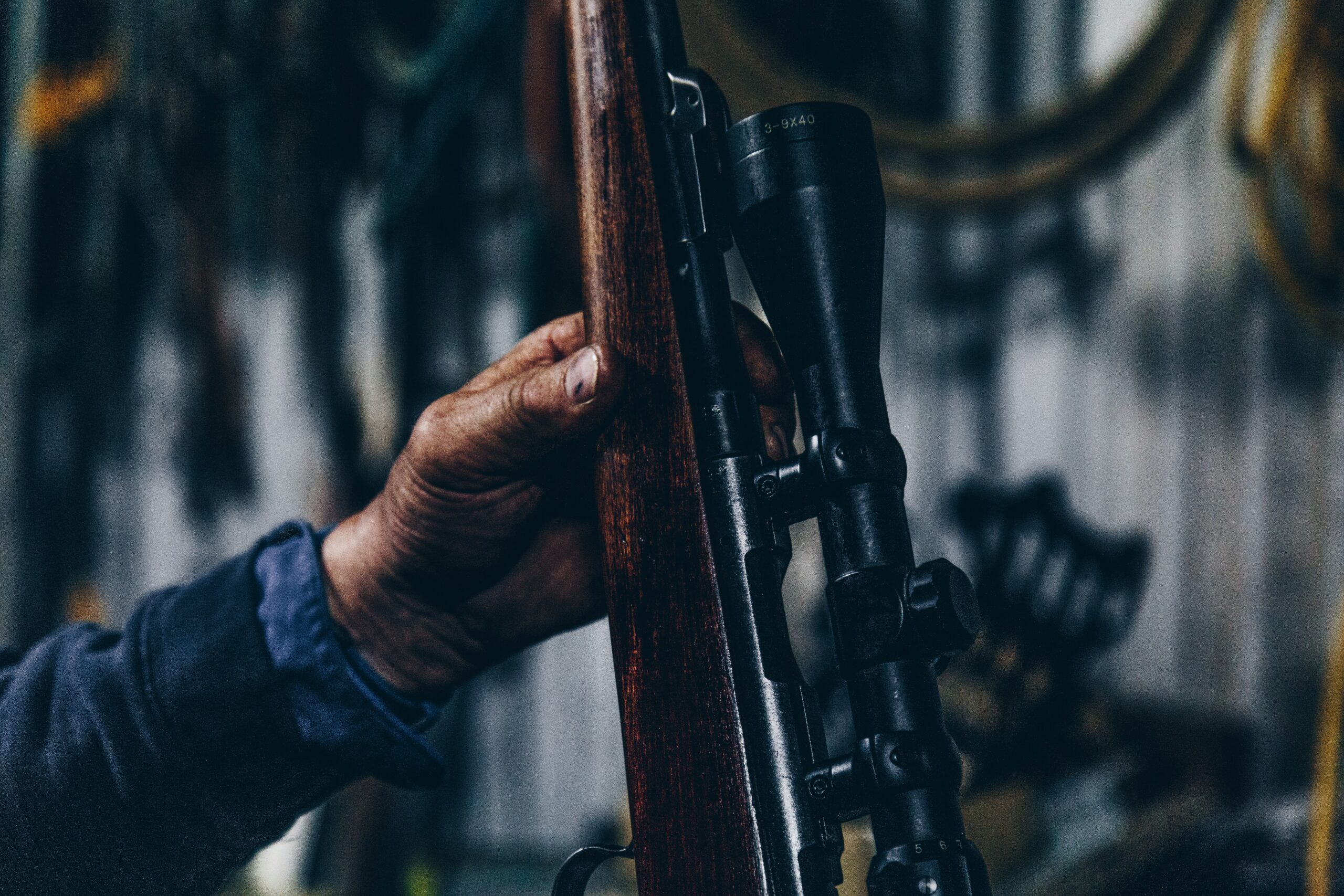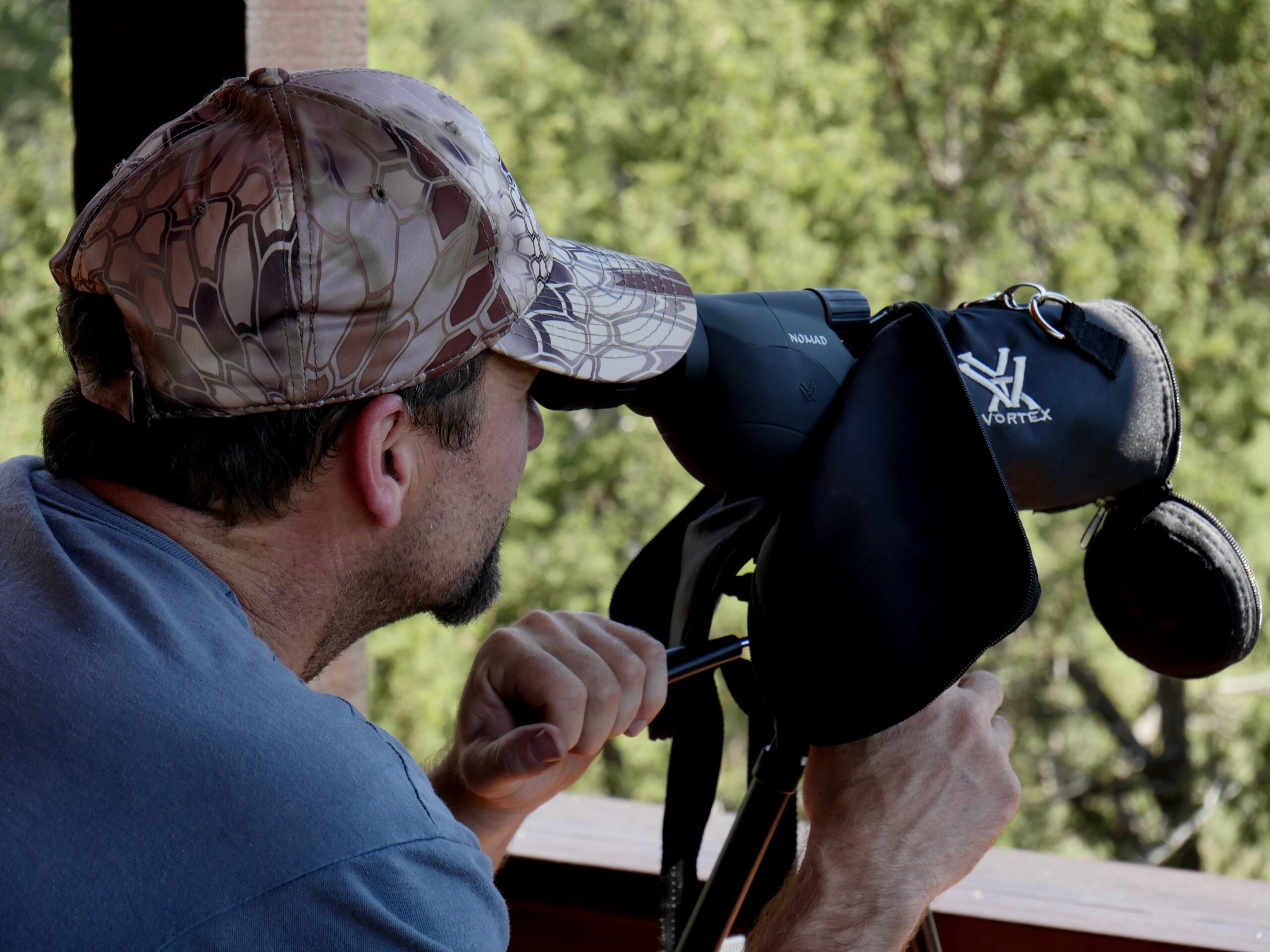Using a spotting scope to observe distant objects is a thrilling experience, but what if you wear eyeglasses? Can you still use a spotting scope comfortably? Many eyeglass wearers wonder if their glasses will interfere with the optical performance, or if they will be able to achieve a clear and sharp view. In this article, we will explore whether it is possible to wear eyeglasses while using a spotting scope, and provide you with some helpful tips to ensure a comfortable and enjoyable viewing experience.
Understanding Spotting Scopes and Binoculars
Definition of spotting scopes
Spotting scopes are optical devices primarily used for bird watching, nature observation, hunting, and astronomy. They resemble telescopes but are more compact and portable. Spotting scopes offer high magnification, usually between 20x and 60x, and have a narrow field of view. They are designed to provide a clear and detailed view of objects that are at a distance.
Definition of binoculars
Binoculars, on the other hand, are handheld optical devices commonly used for various activities such as wildlife observation, sports watching, and stargazing. They consist of two telescopes mounted side by side, allowing both eyes to view simultaneously. Binoculars have a wider field of view and lower magnification compared to spotting scopes. They are more versatile and suitable for both close and distant viewing.
Key differences between spotting scopes and binoculars
The main difference between spotting scopes and binoculars lies in their design and functionality. Spotting scopes provide higher magnification, making them ideal for long-distance viewing. They offer sharper and more detailed images, especially when observing objects that are far away. Binoculars, on the other hand, provide a wider field of view, making them suitable for observing moving subjects and panoramic views. They are generally more portable and easier to use for extended periods of time. Ultimately, the choice between a spotting scope and binoculars depends on the specific needs and preferences of the user.
Principle Operating Mechanism of Spotting Scopes and Binoculars
Lens and magnification structures
Both spotting scopes and binoculars rely on a combination of lenses and prisms to magnify and focus the image. The objective lens gathers light and focuses it onto the eyepiece, which further magnifies the image. Spotting scopes often have larger objective lenses, resulting in higher magnification and better light-gathering capability. Binoculars typically have smaller objective lenses, resulting in a wider field of view and easier handling.
Focusing mechanisms
Spotting scopes and binoculars feature various focusing mechanisms to ensure clear and sharp images. Most spotting scopes have a dual-focus system, allowing for both coarse and fine adjustments. Binoculars usually have a central focusing knob, which adjusts both eyepieces simultaneously. Some models also offer individual eyepiece focus, allowing for precise adjustments to suit individual eyesight requirements.
Image processing principles
Both spotting scopes and binoculars are designed to produce high-quality images. Lens coatings are applied to minimize glare, increase contrast, and enhance image clarity. The quality of the glass used in the lenses and prisms also plays a crucial role in image sharpness and color fidelity. Advanced technologies such as ED (Extra-low Dispersion) and HD (High Definition) glass are often incorporated in premium models to further improve image quality.

Wearing Glasses While Using Spotting Scopes or Binoculars
Understanding the impact of eyeglasses on viewing quality
For individuals who wear eyeglasses, using spotting scopes and binoculars can present certain challenges. The eyepieces of these devices are designed to be used without glasses, so wearing eyeglasses may cause a decrease in the field of view and potential vignetting or darkening around the edges of the image. Additionally, eyeglasses may also affect the eye relief, which is the distance between the eyepiece and the eye for optimal viewing.
Determining if eyeglasses are necessary when using these devices
Whether or not eyeglasses are necessary when using spotting scopes or binoculars depends on individual eyesight conditions. People with mild to moderate nearsightedness (myopia) or farsightedness (hypermetropia) may not need to wear glasses while using these devices, as the focus can be adjusted to compensate for their vision. However, individuals with astigmatism or severe refractive errors may require their eyeglasses to achieve the sharpest and clearest image. It is advised to consult with an optometrist to determine the optimal viewing experience based on individual eyesight conditions.
Factor of Eye Relief in Spotting Scope and Binoculars
What is eye relief
Eye relief refers to the distance at which the eye can be positioned away from the eyepiece while still maintaining a full field of view and image clarity. It is particularly important for eyeglass wearers since the eyeglasses add a distance between the eye and the eyepiece. Longer eye relief allows glasses wearers to position their eyes further away from the eyepiece without losing the full view or experiencing image distortions.
Impact of eyeglasses on eye relief
Wearing eyeglasses decreases the effective eye relief of spotting scopes and binoculars. The frames of the glasses create an additional barrier between the eye and the eyepiece, reducing the available distance for optimal viewing. This can result in a smaller field of view and the need to position the eyepiece closer to the eye, potentially causing discomfort during extended use.
How to adjust for proper eye relief with glasses
To ensure proper eye relief while wearing glasses, adjustable eyecups are a useful feature to look for in spotting scopes and binoculars. These eyecups can be twisted or extended to provide a comfortable distance between the eyepiece and eyeglasses. By adjusting the eyecups to the desired position, eyeglass wearers can maintain a full field of view and avoid unnecessary pressure or discomfort.

Adjusting Spotting Scopes and Binoculars for Eyeglass Wearers
Using adjustable eye-cups
If your spotting scope or binoculars have adjustable eye-cups, it is important to adjust them to a position that allows comfortable viewing with the eyeglasses on. Twist or extend the eye-cups until they rest against your eyeglasses without causing pressure. This will help optimize eye relief and maintain the full field of view.
Adjusting focus for different eyeglass prescriptions
Different eyeglass prescriptions may require slight adjustments to the focus of spotting scopes or binoculars. If you notice any blurriness or distortions while using these devices with your eyeglasses on, try adjusting the focus knob or the individual eyepiece focus until the image appears sharp and clear. Experiment with different settings to find the optimal focus for your specific prescription.
Using high eye-relief devices
For individuals who require their eyeglasses for optimal vision, using spotting scopes or binoculars with high eye relief is recommended. High eye-relief devices are specifically designed to accommodate eyeglass wearers by providing a longer distance between the eyepiece and the eye. These devices ensure a full field of view and minimize discomfort caused by the interaction between glasses and the eyepiece.
Eye Conditions and the Use of Spotting Scopes and Binoculars
Impact of different eye conditions on usage
Different eye conditions can affect the viewing experience when using spotting scopes and binoculars. Conditions such as astigmatism, myopia, and hypermetropia can impact the clarity and sharpness of the image. It is important to consult with an optometrist to determine if any specific adjustments or accommodations are required to enhance the viewing experience based on individual eye conditions.
Considerations for people with astigmatism
Astigmatism, characterized by an irregularly shaped cornea or lens, can cause blurred vision at all distances. When using spotting scopes or binoculars, individuals with astigmatism may experience slightly reduced image quality. However, adjustable eye-cups and focusing mechanisms can help compensate for this condition. It is recommended to consult with an optometrist to ensure the correct prescription is being used for the best possible viewing experience.
Considerations for people with myopia or hypermetropia
People with myopia (nearsightedness) or hypermetropia (farsightedness) may require their eyeglasses for the most optimal viewing experience. By wearing their glasses while using spotting scopes or binoculars, they can achieve the sharpest and clearest image. Adjusting the focus to match their prescription will help compensate for the refractive errors and provide the desired level of clarity.

Best Spotting Scopes and Binoculars for Eyeglass Wearers
Recommended spotting scopes for eyeglass wearers
- Brand XYZ Spotting Scope – This spotting scope offers a long eye relief and adjustable eyecups, making it suitable for eyeglass wearers.
- Brand ABC Spotting Scope – With premium HD glass and an extended eye relief, this spotting scope provides excellent image quality for those wearing glasses.
Recommended binoculars for eyeglass wearers
- Model 123 Binoculars – These binoculars have a wide field of view and adjustable eyecups, catering to the needs of eyeglass wearers.
- Model 789 Binoculars – Featuring high eye relief and ED glass, these binoculars deliver exceptional image quality for glasses wearers.
Tips for Eyeglass Wearers Using Spotting Scopes and Binoculars
Hygiene tips for using eyeglasses with these devices
- Keep your glasses clean and free from smudges or dirt that may obstruct visibility through the spotting scopes or binoculars.
- Use a microfiber cloth to gently clean the lenses, avoiding harsh chemicals or abrasive materials that could cause damage.
Stabilization tips
- When using spotting scopes or binoculars, stabilize your hands by resting your elbows on a stable surface or using a tripod for extended viewing periods.
- Stabilizing your body and minimizing movements will help reduce image shake and improve the overall viewing experience.
Protection tips for eyeglasses and devices
- Invest in a protective carrying case for your spotting scope or binoculars to prevent any accidental damage.
- Use lens caps or covers to protect the lenses of your eyeglasses and the optical components of the devices when not in use.
- Consider using a lens cleaning solution specifically designed for eyeglasses to ensure proper care and maintenance.
Common Issues for Eyeglass Wearers and How to Resolve Them
Critical viewing issues
If you encounter critical viewing issues such as blurry images or distorted colors, try adjusting the focus or individual eyepiece focus to achieve the sharpest image. Additionally, ensuring the eyecups are properly adjusted against the eyeglasses can help optimize eye relief and improve the viewing experience.
FoV restrictions
Eyeglass wearers may experience slight restrictions in the field of view when using spotting scopes or binoculars. To minimize this, make sure the eyecups are properly adjusted and positioned against the glasses. Experiment with different settings and eyepiece positions to find the most comfortable and widest field of view.
Dealing with lens fogging
Lens fogging can occur in various weather conditions, such as high humidity or rapid temperature changes. To prevent lens fogging, consider using anti-fogging solutions or wipes specifically designed for eyeglasses. Keeping the lenses clean and dry before use can also help minimize fogging.
Conclusion: Can You Wear Glasses While Using a Spotting Scope or Binoculars?
Summary of key points
Eyeglass wearers can use spotting scopes and binoculars, but there are a few considerations to keep in mind. The impact of eyeglasses on viewing quality, eye relief, and focusing mechanisms should be taken into account when choosing and using these devices. Adjustable eyecups, high eye relief devices, and proper adjustments can help optimize the viewing experience for those wearing glasses.
Final thoughts based on expert opinions
Experts generally agree that eyeglass wearers can effectively use spotting scopes and binoculars, but customization and adjustment may be required for the best viewing experience. It is recommended to consult with an optometrist to determine the needs and requirements based on individual eyesight conditions. Selecting the right equipment with features such as adjustable eyecups and high eye relief can significantly enhance the overall viewing experience for eyeglass wearers.

